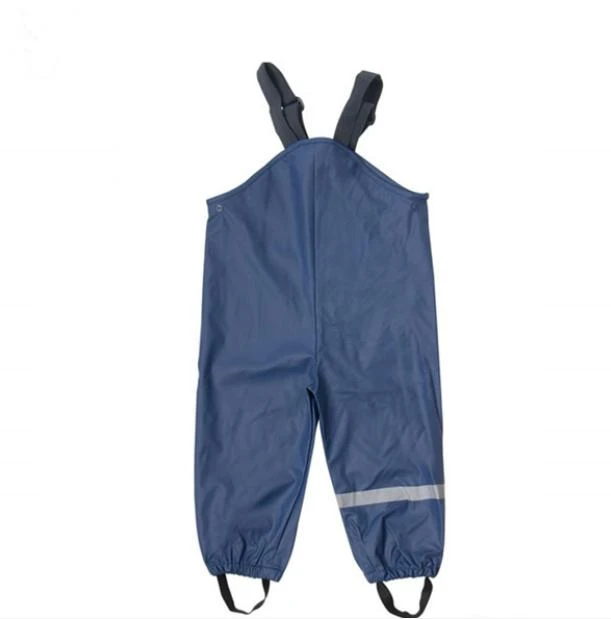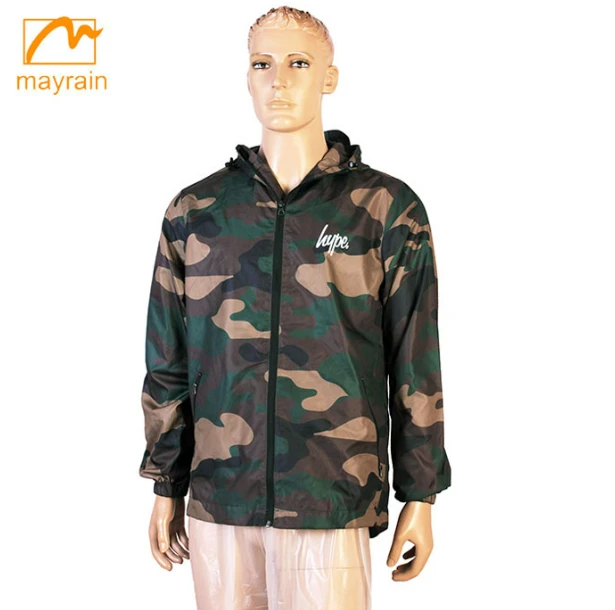 rainwears@163.com may@may-rain.com
rainwears@163.com may@may-rain.com Mon to Friday: 8.00 am - 7.00 pm
Mon to Friday: 8.00 am - 7.00 pm
Feb . 11, 2025 10:30
Back to list
raincoat material
Modern raincoats have evolved far beyond their basic purpose of keeping people dry. The materials used in manufacturing raincoats play a critical role in their effectiveness, comfort, and overall performance. Emphasizing Experience, Expertise, Authoritativeness, and Trustworthiness, this article delves into the intricacies of raincoat materials, offering valuable insights for consumers seeking the best protection against inclement weather.
PU (Polyurethane) coated fabrics present another versatile option, offering an affordable balance between waterproofing, durability, and breathability. PU coatings can be applied to a variety of base fabrics, thus creating a spectrum of rainwear options from extremely lightweight and packable ponchos to heavy-duty coats designed for labor-intensive activities. However, users should note that PU coatings may degrade over time, especially with extensive exposure to sunlight and moisture. In recent years, the advent of proprietary technologies like Pertex Shield and HyVent have further expanded consumer choices. These technologies emphasize enhanced moisture management and comfort. Pertex Shield, for example, combines a durable waterproof membrane with a lightweight fabric, forming an adaptable layer suitable for a variety of outdoor pursuits. Meanwhile, HyVent utilizes a multi-layer composite fabric for robust weather protection, delivering high performance under severe conditions. Consumers should approach the selection of raincoat materials with considerations of their specific needs. Factors such as local climate, intended use, and personal comfort preferences will heavily influence the choice. Investing in a well-constructed raincoat not only provides effective shelter from rain but also enriches the overall outdoor experience, whether hiking through dense forests or navigating urban streets. Professional insights and user testimonials consistently highlight the significance of material quality in raincoat selection. While brand reputation and cost are important, the core material attributes—waterproofing, breathability, weight, and durability—are pivotal in making an informed decision. With advancements in textile technologies, the availability of diverse, high-performing fabrics ensures that there is a perfect raincoat for every individual and every situation.


PU (Polyurethane) coated fabrics present another versatile option, offering an affordable balance between waterproofing, durability, and breathability. PU coatings can be applied to a variety of base fabrics, thus creating a spectrum of rainwear options from extremely lightweight and packable ponchos to heavy-duty coats designed for labor-intensive activities. However, users should note that PU coatings may degrade over time, especially with extensive exposure to sunlight and moisture. In recent years, the advent of proprietary technologies like Pertex Shield and HyVent have further expanded consumer choices. These technologies emphasize enhanced moisture management and comfort. Pertex Shield, for example, combines a durable waterproof membrane with a lightweight fabric, forming an adaptable layer suitable for a variety of outdoor pursuits. Meanwhile, HyVent utilizes a multi-layer composite fabric for robust weather protection, delivering high performance under severe conditions. Consumers should approach the selection of raincoat materials with considerations of their specific needs. Factors such as local climate, intended use, and personal comfort preferences will heavily influence the choice. Investing in a well-constructed raincoat not only provides effective shelter from rain but also enriches the overall outdoor experience, whether hiking through dense forests or navigating urban streets. Professional insights and user testimonials consistently highlight the significance of material quality in raincoat selection. While brand reputation and cost are important, the core material attributes—waterproofing, breathability, weight, and durability—are pivotal in making an informed decision. With advancements in textile technologies, the availability of diverse, high-performing fabrics ensures that there is a perfect raincoat for every individual and every situation.
Previous:
Next:
Latest news
-
Silver Printed Women’s Jacket – Stylish, Lightweight & Trendy Outerwear
NewsJul.30,2025
-
Fashionable Design Long Raincoat Rain Poncho Waterproof Polyester
NewsJul.30,2025
-
High Lighting Reflective Rain Jacket Windbreaker Safety Jacket for Adult
NewsJul.29,2025
-
Disposable PE Rain Poncho - Lightweight, Waterproof, Easy to Carry
NewsJul.29,2025
-
Stylish Lady Coat Women Jacket – Trendy & Elegant Outerwear
NewsJul.29,2025
-
Full Printing 100% Waterproof Wearable Striped Polyester Fashion Windproof Raincoat
NewsJul.29,2025































